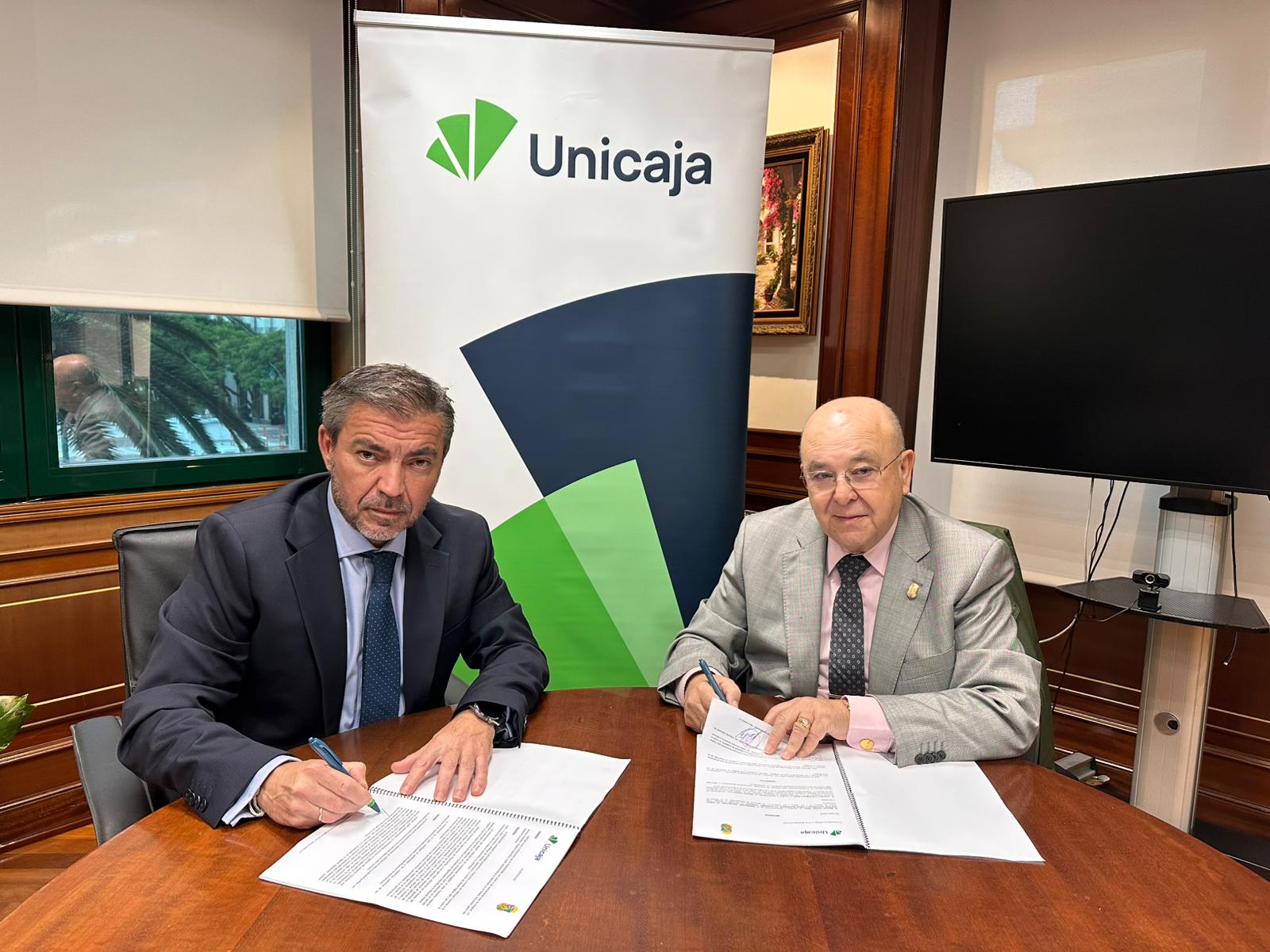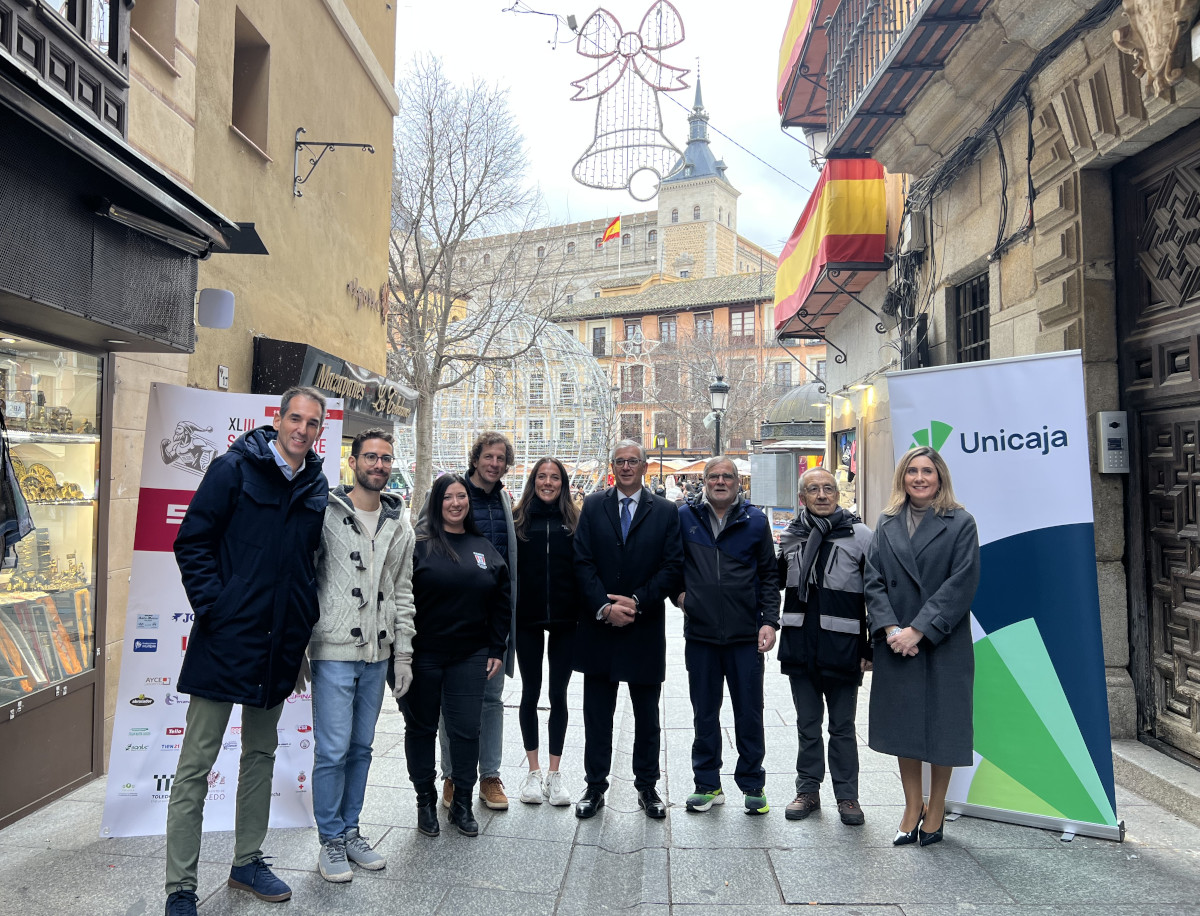Unicaja Banco has published the first issue of the report ‘Previsiones Económicas de Asturias’ (Economic Forecasts for Asturias), which will be published every six months and prepared by Analistas Económicos de Andalucía, research company of Grupo Unicaja Banco. As indicated in the report, the estimations made by the research company of Grupo Unicaja Banco point to a GDP growth of 3.9% in 2022. Employment is expected to increase by 0.9%, with the unemployment rate standing at 12.1% on average for the year.
This report is divided into three sections: 1) Economic environment; 2) Recent evolution of Asturias economy; and 3) Economic outlook for Asturias 2022. The first section describes the international and national backdrop and its recent evolution. The second section analyses the situation of the Asturias economy, with special focus on the evolution of the main indicators, according to the region’s productive structure. Finally, the last section includes forecasts on the evolution of the GDP and employment in the region for 2022.
Global and national economic environment
The international context has changed dramatically with the Russian invasion of Ukraine on 24 February. At the end of last year, the economy was expected to regain momentum as supply conditions continued to normalize and inflationary pressures moderated. However, the invasion will have a significant impact on the economy, which will depend largely on the evolution of the conflict and the impact of economic sanctions.
In a first assessment of this possible impact, the OECD estimates that global economic growth in 2022 will be around 1 percentage point (p.p.) lower as a result of the conflict, with a greater drop in the Euro Zone, while inflation, which was already high at the beginning of the year, could be at least 2.5 p.p. higher. The International Monetary Fund forecasts a global economic growth of 3.6% in 2022 and 2023, i.e., 0.8 and 0.2 p.p. lower, respectively, than in last January forecasts.
The impact of the war will be uneven across countries, and the Spanish economy could be less exposed than others, as it is less dependent on Russian gas and oil. However, the sharp increase in the prices of raw materials and the reduced availability of some of them will affect the different sectors of activity, in addition to the impact of inflation on demand and the effect on exports and tourism of the lower dynamism of our neighboring countries.
The latest data from the Quarterly National Accounts, corresponding to the fourth quarter of 2021, indicate that the Spanish GDP grew by 2.2% (0.3% in the Euro zone), with a year-on-year increase of 5.5% (4.7% in the Eurozone). In the whole 2021, the Spanish economy would have registered a growth of 5.1% (5.3% in the Euro Zone). As for the first quarter of 2022, the Quarterly National Accounts advance estimate indicates that the GDP has registered a quarter-on-quarter increase of 0.3% (0.2% in the Euro Zone), with a decrease in household consumption expenditure. On a year-on-year basis, the GDP increased by 6.4%, with a generalized growth among demand components.
Recent evolution of Asturias economy
According to AIReF estimates, in the fourth quarter of 2021, the GDP of Asturias would have grown by 2.0% in quarter-on-quarter terms, around 1 p.p. less than in the previous quarter. In year-on-year terms, the GDP growth was 6.9% (5.5% in Spain), although output would be 2.2% lower than in the fourth quarter of 2019 (-3.8% in Spain). As for 2021 as a whole, the Asturias economy would have grown by 5.5% (5.1% in Spain), following the decline of just over 10% in the previous year. Estimates for the first quarter of 2022 point to a quarterly GDP growth of 0.3%, similar to the national rate, with a year-on-year rate of 6.8% (6.4% in Spain).
On the demand side, private consumption would have slowed in the final part of 2021, affected by the increase in COVID-19 infections and the rise in prices. Seasonally adjusted retail sales would have declined at the end of the year, with growth of 0.3% in 2021 as a whole (3.2% in Spain). Business investment is estimated to have improved, as indicated by the performance of industrial production of capital goods and the improvement in business confidence. Likewise, the strong growth in housing sales and purchases, with the highest number since 2010, would point to a good performance of residential investment.
In terms of foreign demand, the value of exports of goods grew at a strong pace from the second quarter of 2021, increasing by 32.6% in the year as a whole compared to 2020 (20.1% in Spain) and registering the highest value in the historical series (which began in 1995). By sectors, the growth of exports has been generalized, highlighting the increase in the exported value of semi-manufactures, capital goods and raw materials, sectors that concentrate more than 80% of the value of exports from Asturias.
From the supply side, activity would have been recovering throughout 2021 in all sectors, with particular intensity in services, the most affected in 2020 by the health crisis, although the pace of growth would have slowed in the final stretch of the year. This slowdown would have been more pronounced in construction and the agricultural sector, as reflected, among other indicators, by employment.
With regard to the labor market, employment showed a significant growth rate throughout 2021, attending to both the Labor Force Survey figures and Social Security contribution, so that by the end of the year the levels prior to the health crisis would have been recovered. In the case of workers under the Social Security schemes, in December (370,199 workers) there were almost 2,530 more workers than in the same month of 2019, which meant a growth of 2.7% in year-on-year terms (lower than the national average), which has intensified at the beginning of 2022 (3.3% in April), although it should be remembered that at the beginning of 2021 the third wave of the pandemic was being recorded.
According to the Labor Force Survey, in the fourth quarter of 2021, employment in Asturias grew by 3.1% year-on-year (4.3% in Spain). This growth has moderated in the first quarter of the year, with a decline in employment in non-market services and, to a lesser extent, in construction. In year-on-year terms, there was an increase of 0.7%, supported mainly by industry and market services. The number of unemployed fell by 16.5%, with a decrease in the labor force, bringing the unemployment rate to 12.0% (13.6% in Spain).
Economic Outlook for Asturias 2022
The forecasts of Analistas Económicos de Andalucía, research company of Grupo Unicaja Banco, indicate that in 2022, the regional GDP could grow by 3.9%. However, there is a high uncertainty, especially with regard to the evolution of the conflict in Ukraine, but also in relation to the trajectory of prices or bottlenecks in supply chains, not to mention the evolution of the pandemic, so that making projections at this time involves a high degree of complexity.
It is also estimated that, on average for 2022, the number of employed persons according to the Labor Force Survey could grow by 0.9%, due mainly to the increase in employment in services and construction. The number of unemployed could fall by 3%, which would bring the unemployment rate to 12.1% on average for the year (some 2 p.p. below the national average).
Descarga aquí los gráficos asociados al informe y aquí el informe completo.



